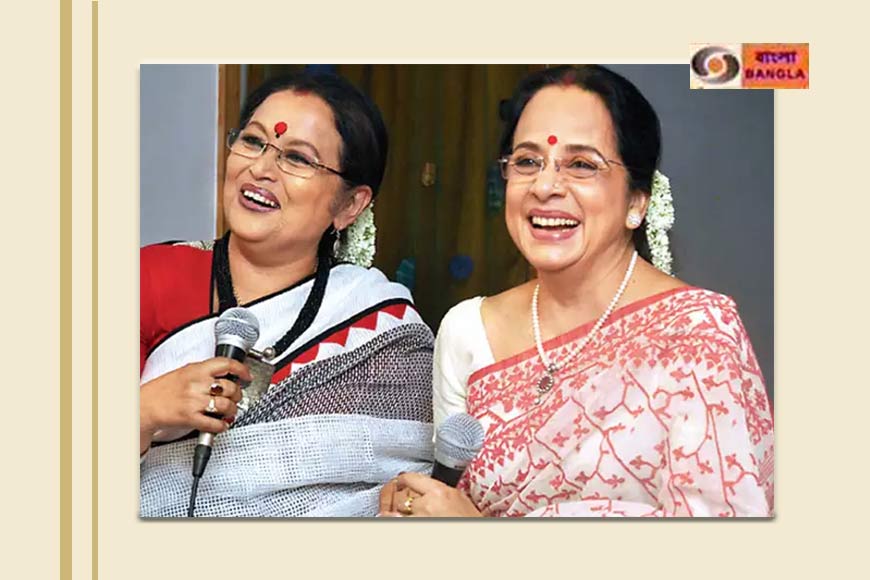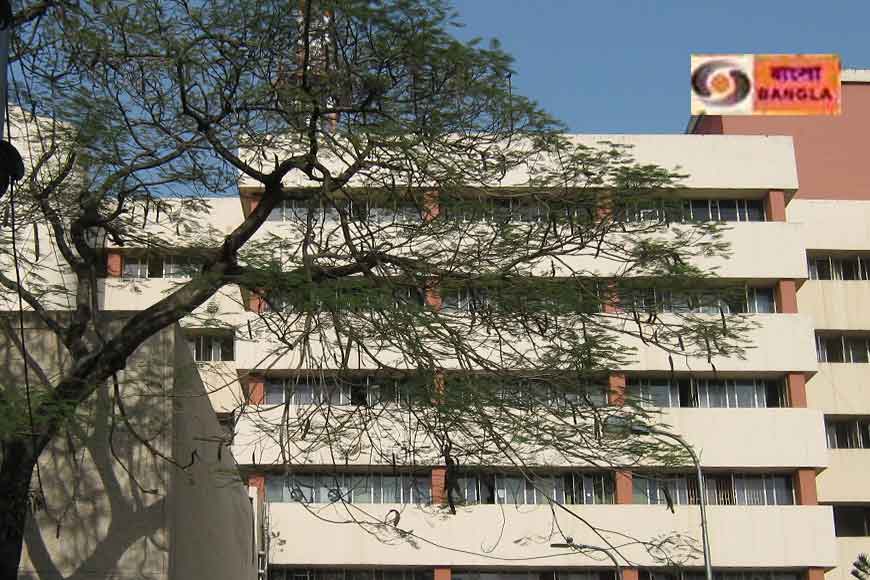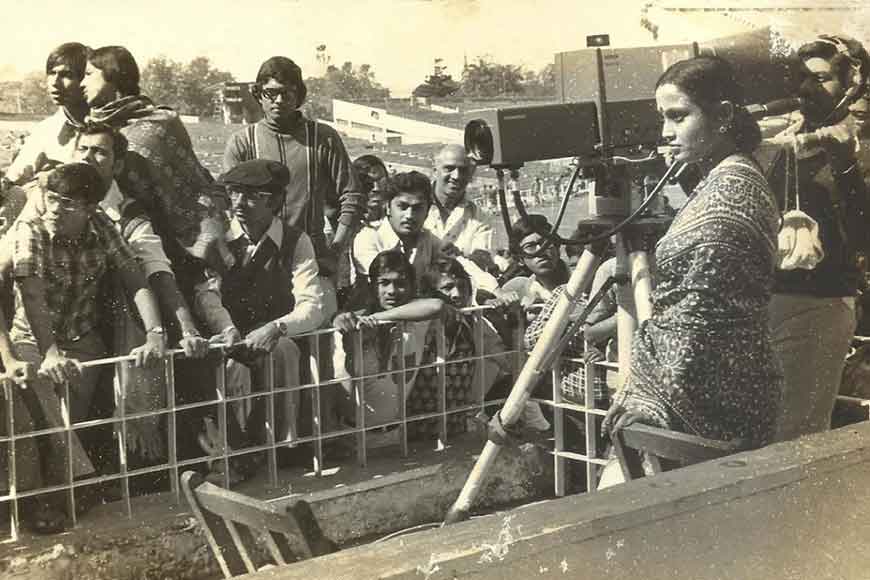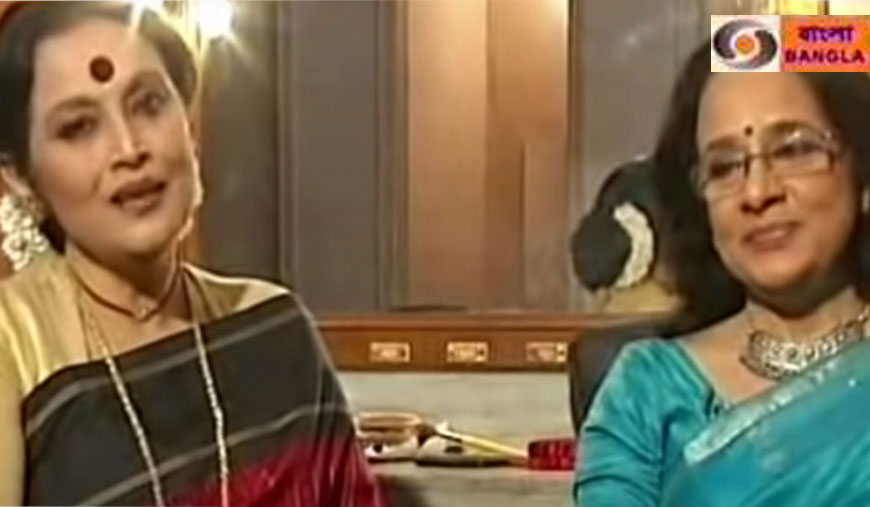Three years to a half-century, DD Bangla turns 47

Chaitali Dasgupta, Saswati Guhathakurta, Chhanda Sen, Tarun Chakraborty, Pankaj Saha – if these names strike a chord, and you can instantly recall the faces associated with them, then you most probably grew up watching, or simply watched a lot of, DD Bangla in the 1970s, 80s, and 90s. Household names for decades, these and other pioneers were the faces of Ben-gali television for a long time after its inception on August 9, 1975
Television officially came to India on September 15, 1959, when a small transmitter and a makeshift studio in Delhi began experimental transmissions. By 1965, the country was being treated to daily transmissions under the All India Radio (AIR) umbrella. By 1975, Indians were used to TV, but Doordarshan was a national broadcaster, and regional language pro-gramming was still relatively unheard of. A giant step in that direction was taken with the launch of Doordarshan (DD) Bangla.
 Doordarshan Kendra Kolkata
Doordarshan Kendra Kolkata
The beginnings were expectedly humble. Virtually no member of the founding team had a background in television. Chaitali, who first faced a camera on July 14, 1975 as part of the ‘banking’ process (the pre-launch process of recording at least 100 hours of programming as a ‘bank’), recalls how most of the initial programmes had to be telecast live, because the single small Radha Studio would allow neither time nor room for a larger pre-recorded programme bank.
No matter how humble the beginnings, however, they were not without drama. Unbeknownst to her, Sharmistha Dasgupta and Pankaj Saha, veterans in their field, had selected Chaitali to anchor a musical presentation. Still a student at Jadavpur University, all she knew was that it was a programme of Tagore’s rain songs, that renowned vocalist Nilima Sen and elocutionist Supriyo Tagore were to perform, and that she would have to anchor the show.
“I heard Tagore, rain songs, and Santiniketan, so I put on my red batik saree and turned up. I had absolutely no clue about what I was getting into!” she laughs. “Sharmistha di told me, ‘Tor chena chena lokjon asbe, (you will see only known faces)’!” As a student of dance and of Santiniketan, this was perfectly true in her case.
 Lights, camera...
Lights, camera...
However, her extremely fair complexion necessitated customised makeup (courtesy Satyajit Ray’s makeup artiste Ananta Das). “They said lighting would become a problem, but I was absolutely adamant that I would have nothing to do with the funny red stuff they wanted to put on my face!” A compromise was finally reached, and the camera thankfully rolled.
At 23, Saswati was also a student of JU, but already married and a new mother at the time, having given birth to daughter Shreya a couple of months previously. Married into a highly conservative if illustrious family, she had no thoughts of making a career outside the home, because women just didn’t do that sort of thing. “I was primarily a singer for AIR, and loved dance, too, but there was absolutely no thought of a regular career,” she says.
On a chance visit to the studio with a group of friends to meet a college mate, simply to see how TV worked, she attracted the attention of station director Meera Majumdar, who offered her a position as announcer. Completely taken aback, and slightly intimidated by Majumdar’s aura, Saswati kept quiet, but later told her friend she wouldn’t be able to do it. How her strong resistance was overcome, how she persuaded her mother-in-law to put in a word with her strict father-in-law, how she was eventually selected from a pool of 155 candidates, how she almost ran away from the audition, is a story in itself.
Chaitali appeared for her first live programme on August 15, when she anchored a Manipuri dance programme featuring her guru Purnima Ghosh, and Jitendra Singh. “In both cases, the subject matter was familiar, so there was no stage fright, somehow. It was a smooth initia-tion.”
 Chaitali Dasgupta and Saswati Guha Thakurta
Chaitali Dasgupta and Saswati Guha Thakurta
On the other hand, Saswati’s first venture was an interview with theatre legend Shaonli Mi-tra, which Pankaj Saha assigned to her. “I knew nothing about theatre, imagine interviewing someone like Shaonli Mitra! Pankaj da told me, ‘Shaonli will tell you what questions to ask’!” she says. As far as Saswati was concerned, this unsteady beginning was a one-off, because there was no way she would be chosen from the large pool of applicants.
However, by the time she was selected, her mind had settled irrevocably on a career in televi-sion. As she became an increasingly familiar face on screen, opposition from her father-in-law continued, albeit indirectly. “What worked for me was that Chaitali or I had no role models to follow. All we were told was that we couldn’t speak like radio, or the stage. We simply had to be conversational in front of the camera, just be ourselves,” she muses today. “Besides, there was no competition from other channels, so we were all the audiences had.”
The golden past of DD Bangla
Chhanda Sen first read the news on DD Bangla on August 11, 1975, as part of a stint that would last until 2000, when a government order prohibited AIR staff (which she was) from working for DD. In conversation, Sen jokes about initial hitches in making the transition from radio to television. In the beginning, news would be read from handwritten sheets of paper. “The handwriting varied every day, and had to be deciphered, and sometimes, the sheets would get stuck together as I struggled to separate them, all of it on camera where people could see. On radio, we were never visible,” she says. “But I have never really been the nervous sort, so I don’t recall ever being afraid.”
Nervous or not, clueless or clued in, these faces guided viewers through the birth and growth of Bengali television. On DD Bangla’s 47th anniversary, here’s raising a toast to them.











